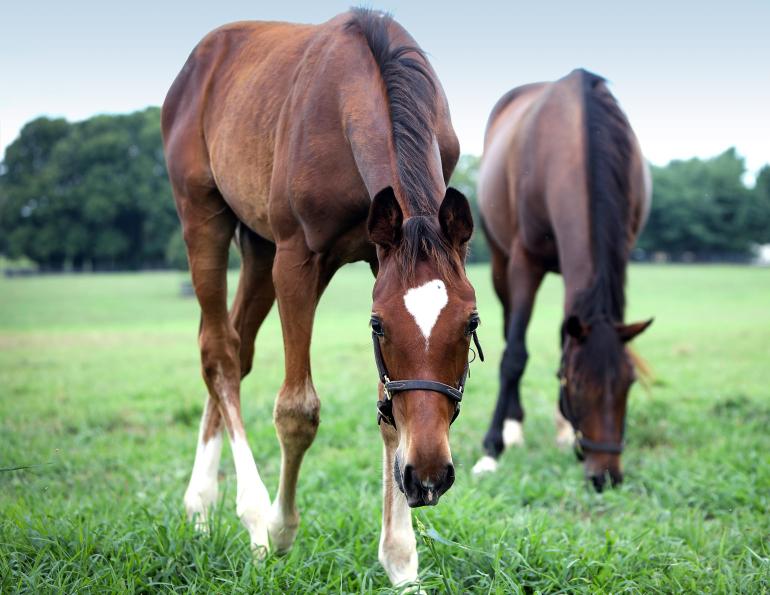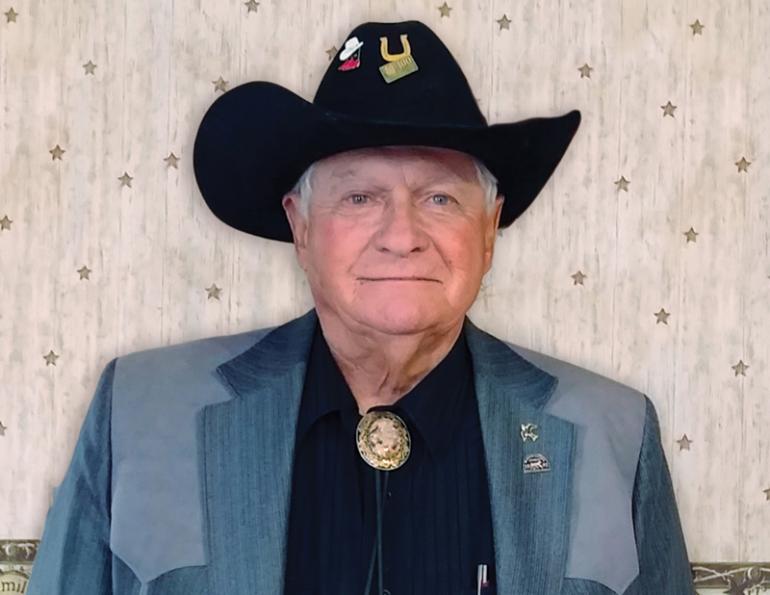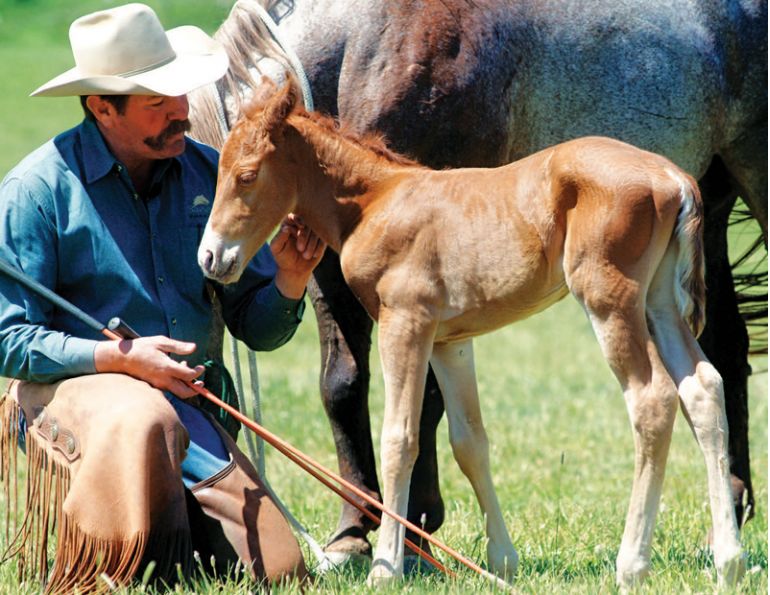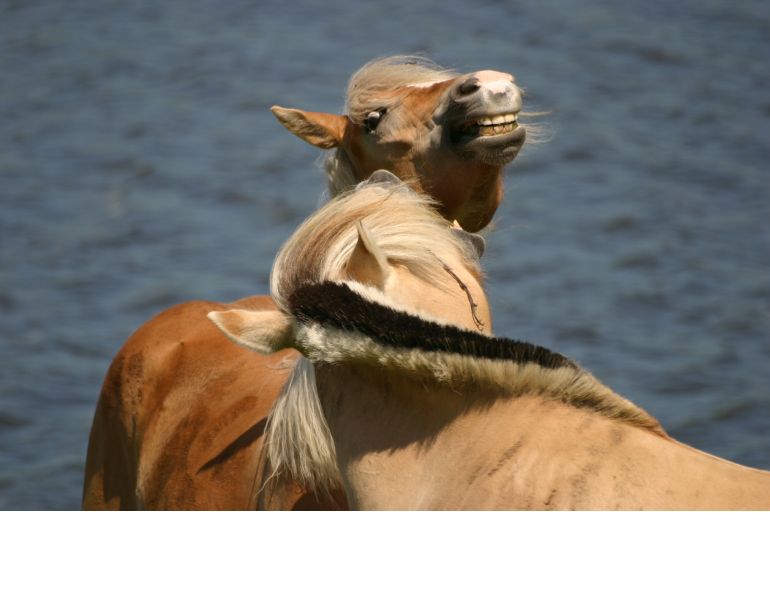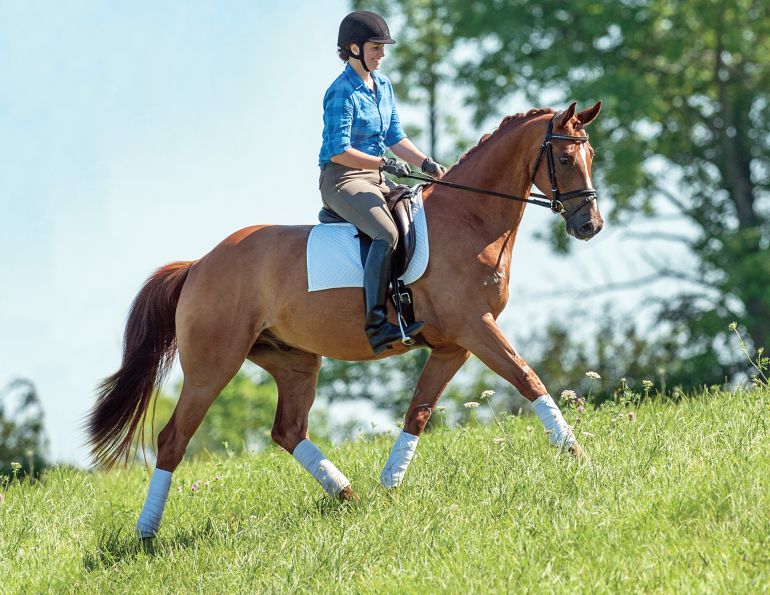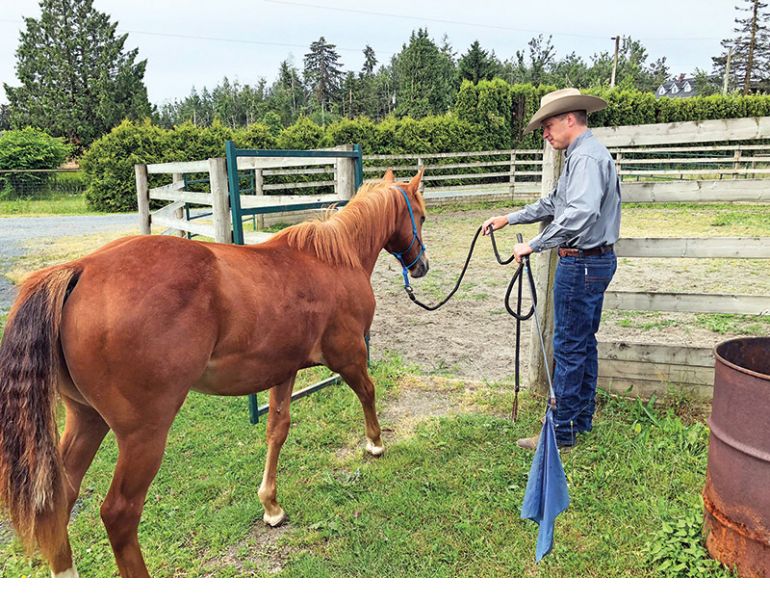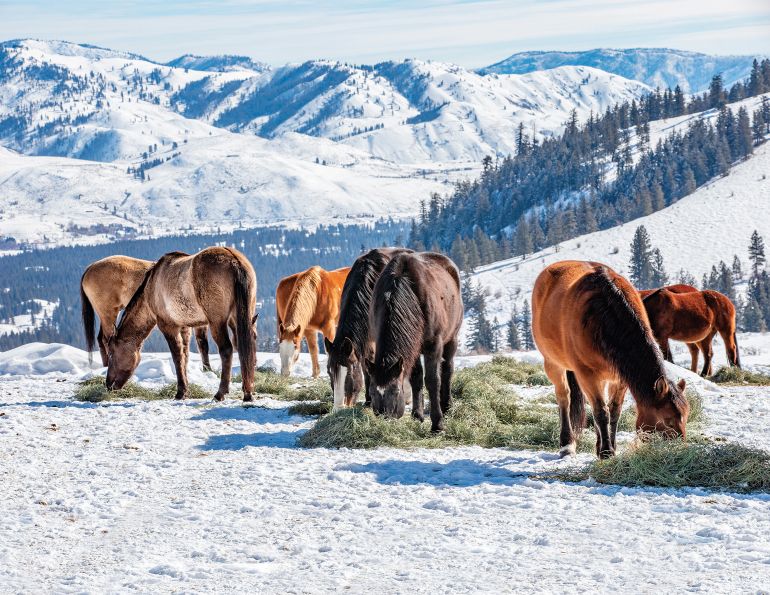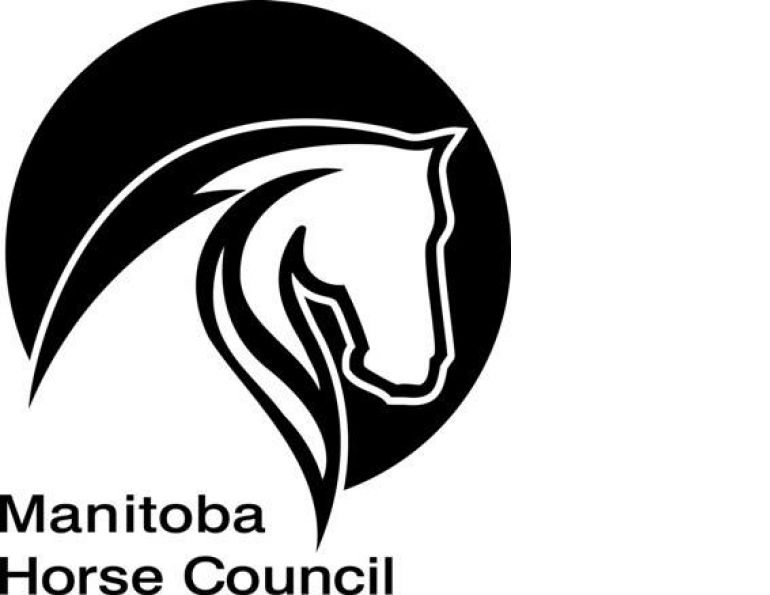International Society for Equitation Science
A recently published study reports that it is possible to identify fearful horses at an early age — prior to weaning from the dam — by means of an objective fear test. This offers a better opportunity to ensure that the most fearful horses are trained by experienced people from the beginning, which may help reduce riding accidents and improve horse welfare.
Fearfulness is an important aspect of horse temperament that is relevant to the horse’s usability for various purposes, and of particular significance to the welfare and safety of both rider and horse. Fearful animals are often difficult and dangerous to handle. One of the most frequent causes of riding accidents is the horse being frightened. According to statistics from the Danish Accident Analysis Group at Odense University Hospital, riding is the most dangerous leisure activity when looking at the severity of personal injuries, and victims are often children and teenagers.
Some riding accidents are purely accidental, such as when the horse stumbles and falls. This kind of accident can be difficult to foresee. However, we can actually do something about the large number of accidents that happen when horses get frightened. If we can identify the horses that are most likely to show fear reactions early in life, we can place them in capable hands to give them correct training from the beginning. In that way, it will likely be possible to avoid many serious accidents.
In principle, all horses can be trained not to take flight when frightened, but it takes a lot of training, time, and knowledge about learning theory and appropriate habituation methods. Therefore, it often ends badly if the very fearful horse finds itself in unexperienced hands and thus is not met with the correct understanding and training.
A Rare Long-Term Study
The study was conducted over three years during which a group of stallions was studied from foal to adult. The aim was to study whether the behavioural and physiological fear reactions that foals show during fear tests when they are around five months old are similar to their reactions in fear tests during their adult life.
The study included 25 Danish Warmblood stallions from a private stud. The foals were kept with their dams on large pastures until weaning and remained relatively unhandled until training for the first test at five months of age. All foals were weaned together at the age of seven to nine months and were kept in groups in a loose housing system with stallions and mares together. At one-and-a-half years of age, the stallions were moved to another stable and were housed in littered boxes with five stallions in each box. The horses were still handled only for veterinary or farrier treatment.
The study is the first of its kind to examine fearfulness in horses over such a long period of time, and from such an early age. The researchers were fortunate to be able to study this relatively large group of horses housed together from foal to adult. When these kinds of studies are done, it is crucial that the horses are kept under the same rearing conditions throughout. Otherwise, changes in housing, management, and training could affect the horses’ reactions and thus, the results.
Related: Weaning - How to Prevent Stress for Mare and Foal
Test Design
In the study, all stallions were introduced to a fear test — a “novel object test” (NOT1) — three times at different ages: five months, one year, and three years.
Before the first test, each foal was trained to enter a test arena on their own and walk to their dam who was placed at the other end of the arena. In the NOT1 test, a white plastic cover with boxes of different colours was placed in the middle of the test arena. During the test, the foal should pass the test object on its way to the dam (in the five-month test) or to a feed container (in the one- and three-year tests).
Two additional types of novel object tests were conducted at one and three years of age in which novel objects different from those in the NOT1 test were used.
Video was recorded of all tests, and equipment for measuring the heart rate was mounted on a girth. The following recordings were made:
- Heart rate
- Latency to reach the dam/feed container
- Alertness (vigilant position with elevated head/neck focusing on the object)
- Sniffing at the test object
- Touching the test object
The study tested the associations between the various types of behaviour and the heart rate as well as the association of the test results between the various ages. The researchers found that behavioural reactions and heart rate correlated within tests and there was coherence between the tests at the various ages. The tests also showed that foals’ behavioural reactions towards novel objects were the best predictor of their fearfulness later in life. Thus, fearfulness in horses appears to be a relatively stable trait, which is testable from a young age and remains a characteristic of the horse’s temperament in adulthood.
Below is an illustrated overview of the Novel Object Tests (NOT) conducted at the different ages. The set-up was the same at all ages, except in the foal test (NOT1, five months of age) where the mare was placed by the feed containers, and in the three-year-old tests which were conducted indoors. The horses were carefully habituated to the test procedure prior to testing and walked calmly to the feed containers when no objects were present in the arena. Careful habituation is the only way to ensure that fear reactions towards novel objects are separated from other reactions.
(a) Objects used in NOT1 (one year of age, or five months with dam):

(b) Objects used in NOT2 (one year of age):
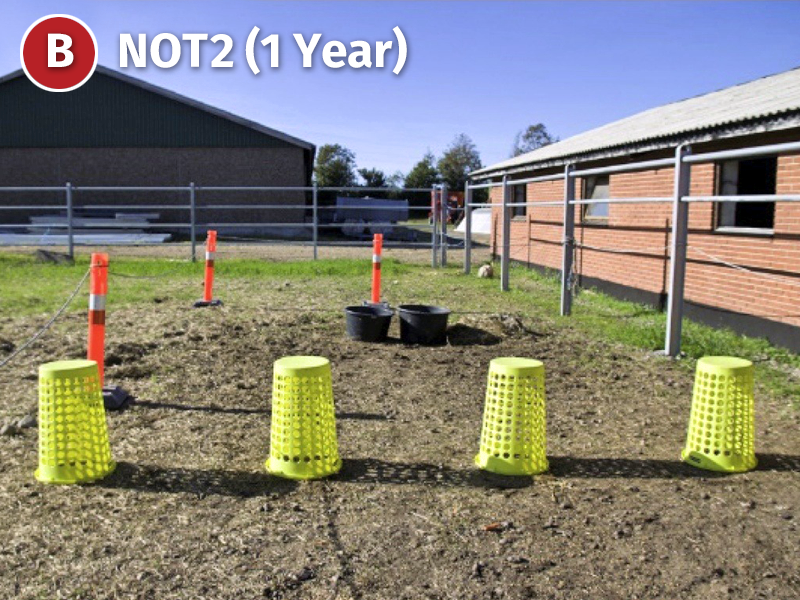
(c) Three-year-old horse sniffing the object in NOT3:

(d) Three-year-old horse touching the objects in NOT1:
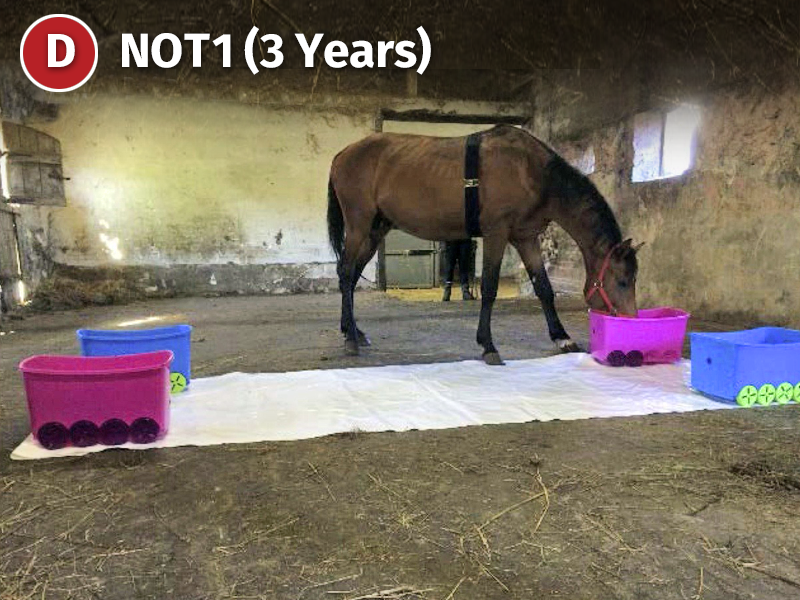
In the NOT3 test, young horses frequently alternated between alertness (a) and investigation (b), and the duration of these behaviours correlated positively. In the foal test, these behaviours did not correlate as foals showing alertness quickly ran to their mothers and typically did not show investigative behaviour towards the objects:
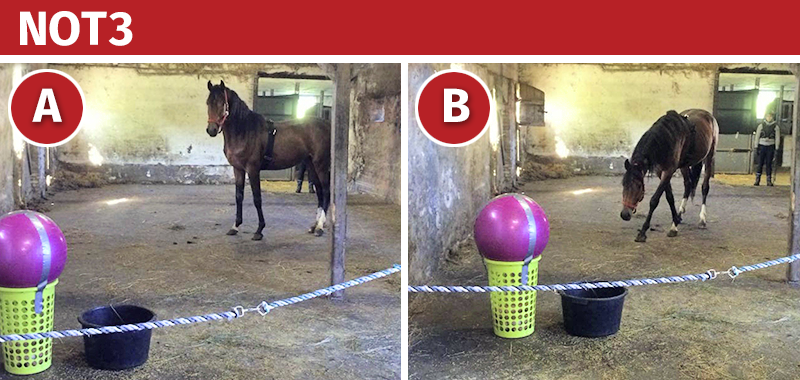
Photos courtesy of ISES
A Piece of the Puzzle
The result is a step on the path to increased safety during riding and handling horses. As fearfulness is inheritable, breeders could benefit from using a standardized fear test to avoid breeding the most fearful horses. There has been a tendency to breed dressage horses with extreme movements such as high front leg lifts during trot, as this has been rewarded with high marks in dressage competitions. Unfortunately, exaggerated movements are possibly connected to fearfulness, as we also know from other prey species such as gazelles which display exaggerated movements when frightened. When breeding for horses with very big movements, we can end up with fearful and stress-sensitive horses, which is unfortunate for horse welfare and safety.
Benefits from testing the fearfulness of horses can be found in other areas. For example, an objective fear test can be developed and adjusted for use by veterinarians for horse pre-purchase examinations. Should this be introduced, a future horse owner will have more objective knowledge about a horse’s temperament, and whether the horse will be an appropriate match for them before buying the horse.
Rearing Environment and Education are Important Factors
The environment in which the foal is raised also plays an important role in the animal’s level of fearfulness. Previous studies have shown that foals learn readily from their dams. If the mare is trained to react calmly towards a variety of objects, she will influence her foal to also react more calmly towards novelty. It has also been shown that young horses display less fearfulness towards novel objects if they are grouped with a calm and experienced horse. General stimulation of the foal and habituation to a variety of objects early in life are important factors when training a safe riding horse.
The education of the rider is yet another key area. An understanding of the horse’s behaviour and fear reactions is essential to reduce the number of accidents. With greater rider knowledge of how horses learn and better training of the horse, a higher degree of safety can be obtained.
To read the full scientific article, see: Development and consistency of fearfulness in horses from foal to adult; published in ScienceDirect vol. 232, Nov 2020.
Related: Community Prevents Mare from Rejecting Her Foal
Related: Horse Personality Profiling
Main Photo: Shutterstock/Erin Daugherty



